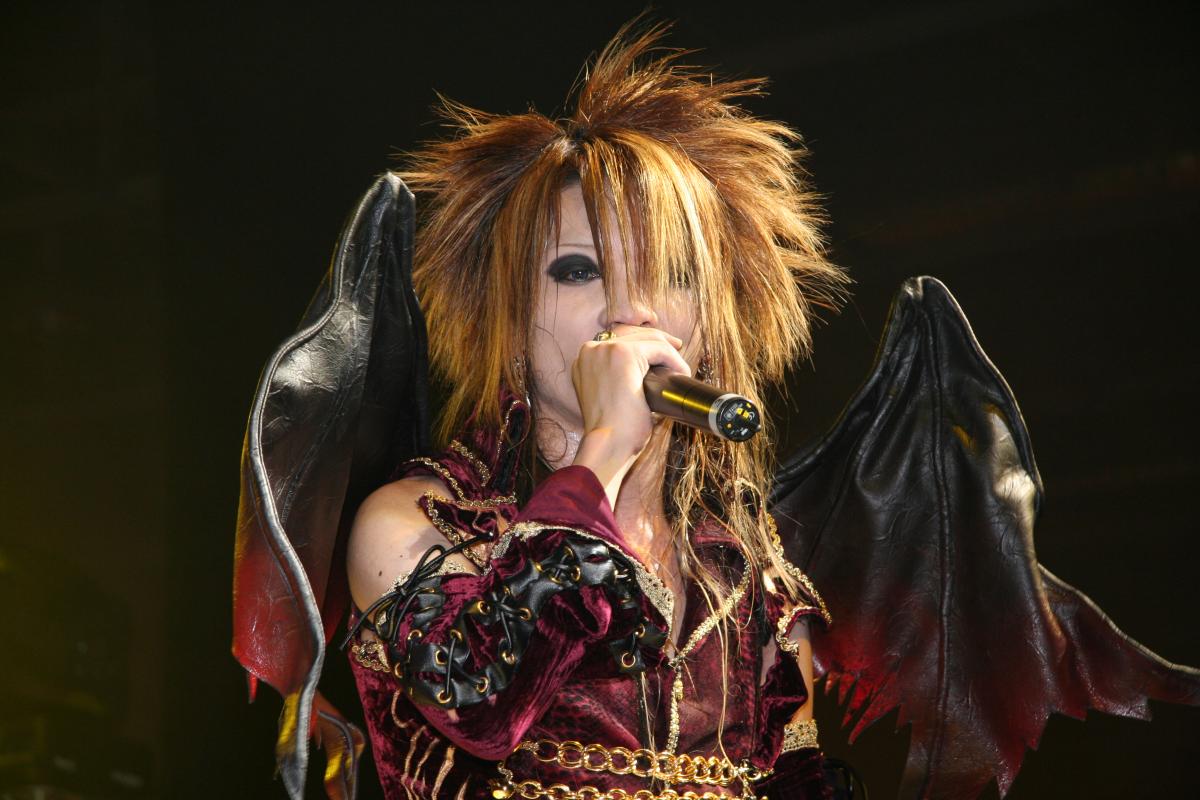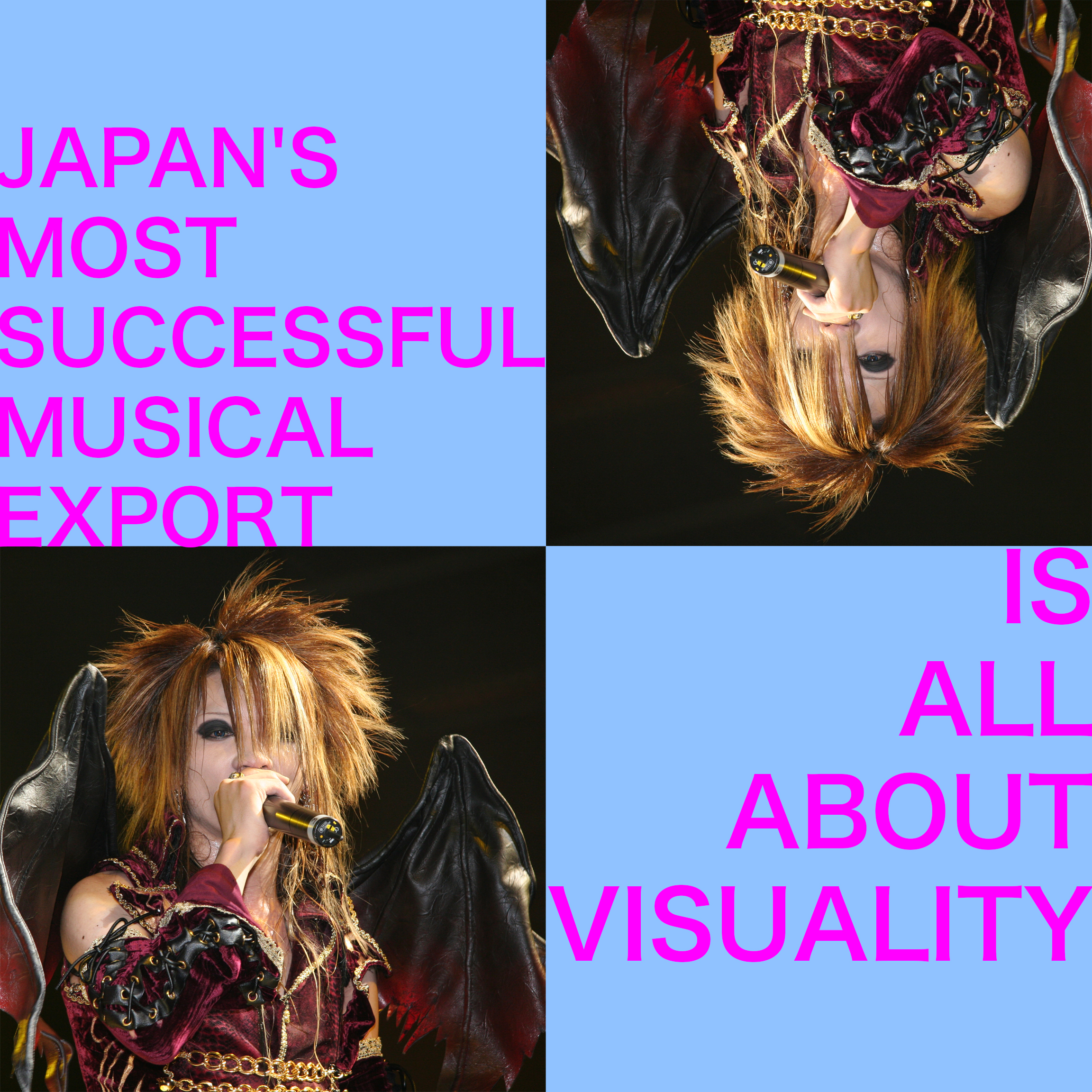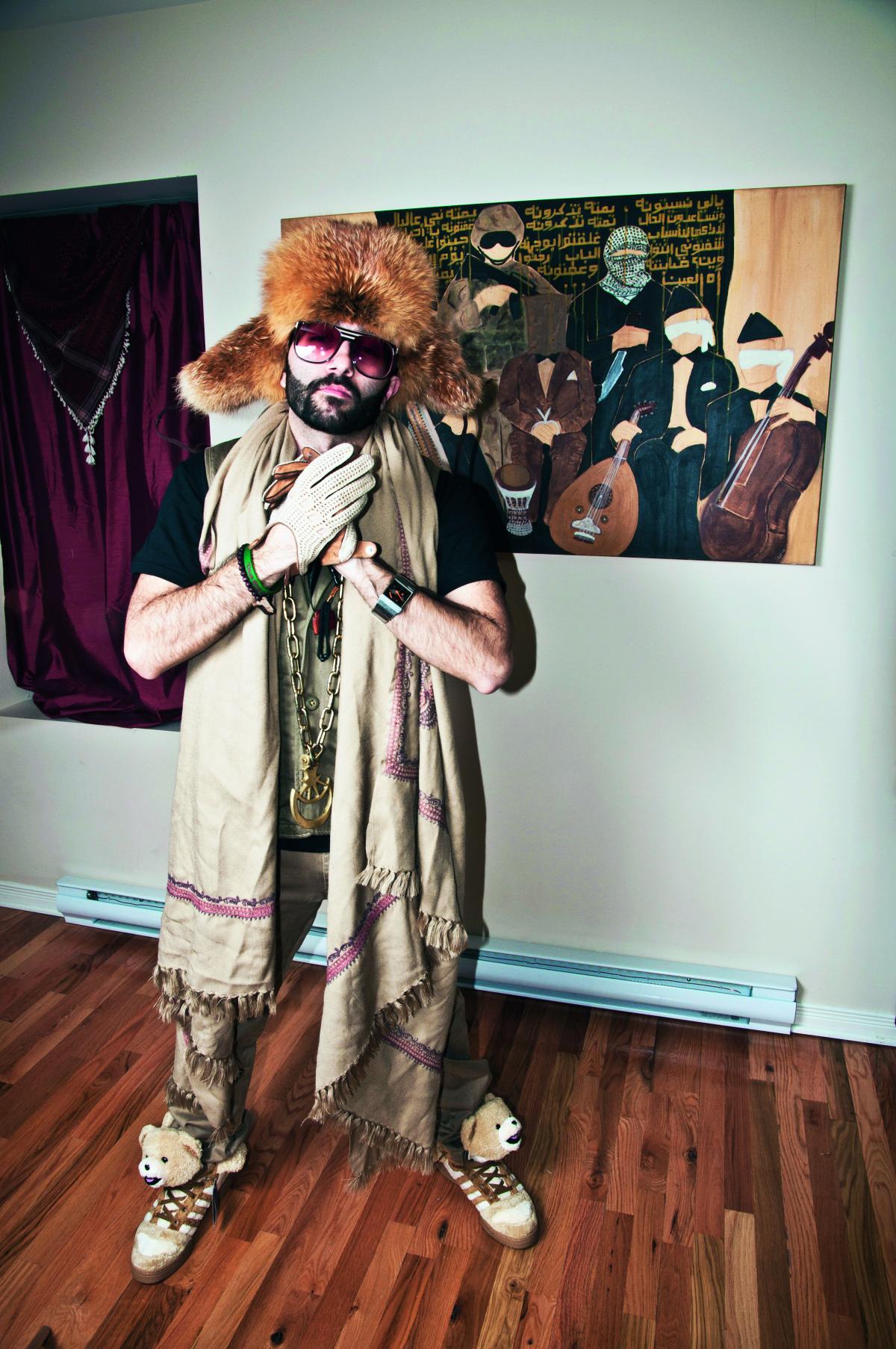
Expeditions of Desire
Ethnomusicologists used to travel to exotic islands to research local music. Today, their fieldtrips lead to scattered urban place. German scholar Oliver Seibt conducted three months of research in the Tokyo visual-kei scene, and stood out of the crowd. From the Norient book Seismographic Sounds (see and order here).
Compared to Shinjuku in the South or Ikebukuro in the North, Takadanobaba is a rather unspectacular district in Tokyo. And so is, at first sight, Takadanobaba Area, a small concert venue specialized in visual-kei, a Japanese rock music genre that during the last decade became more successful internationally than any other genre of Japanese popular music before. Situated on an ordinary commercial road, hidden between a small key cutter’s shop and a grocery, a nondescript door opens towards a dark narrow staircase plastered with posters announcing bygone visual-kei concerts, leading downstairs to the basement where some blasé young female employees check the tickets before one is allowed to enter the vestibule through a second door. There a couple of female fans hang out – in fact, almost the entire audience is composed of school girls and young women! – change shoes and clothes, put their faces on, or engage in more or less heated conversations of, to me, incomprehensible content. As one of the very few males in the room, apparently non-Japanese and twice as old as the average fan, I get some bemused looks, but on the whole I am largely ignored.
Half an hour later the first of the eight bands that are going to play this evening enter the stage. Though their fans have made for the concert hall a few minutes before, the scenery has not changed significantly. The majority of girls are still indifferently hanging around in the vestibule. All bands that are going to play this evening are visual-kei bands, but that obviously does not mean that the girls are interested in seeing all of them. After five or six songs the first band leaves the stage; during the subsequent break of fifteen minutes or so, the fans return to the vestibule while another group of girls heads to the concert hall and towards the stage where every girl takes up a pre-assigned position. As it turns out later in the interviews I held with some of the fans, it is exactly this arrangement that the girls had discussed in the vestibule. Which bangya(ru) (band girl, the Japlish – or Japanese English – self-denomination of the fans) is allowed to take up a certain position in saizen (the first row in front of the stage) is negotiated in advance between the girls and the shikiri (a high-ranking fan), who is usually a member of the so-called jouren (regular customers – the inner circle of fans who attend almost every concert of a band).
More Androgynous than Masculine
Only if you experience what goes on in saizen from the very moment on that the bangyaru’s preferred band has entered the stage will you get an idea of what these girls find so attractive. Some of them spare no expenses and expend all efforts to travel from the most distant places to a location that at first sight is as unspectacular as Takadanobaba Area. (In fact, the fans I was especially interested in during my fieldwork were those that came here from Europe or the Americas just to see their favorite bands live.) A visual-kei dictionary edited by the «visual-kei translation blog» macchalatte.blogspot.de even lists a word for this kind of passionate mobile fandom: ensei (literally «expedition»). The term is used «when someone travels far to see a band perform, with the implication of going to multiple lives during that tour».
All of the usually five band members that now take their standard position on stage wear elaborate costumes, some scary, others exuberantly beautiful, depending on the visual-kei subgenre the band belongs to. While almost all of the fans in the audience are female (the very few male fans that come to the shows are tellingly called bangyaru-ô, or «band girl man»), all musicians are male even if in most visual-kei subgenres, the band members' appearance is rather androgynous than explicitly masculine. Quite a lot of bands actually have one member who acts as a female impersonator or onnagata, a term borrowed from traditional kabuki theatre. Also those musicians who do not explicitly embody female characters often wear feminine make-up and outfits such as mini skirts, suspenders, or belly tops that fit their scrawny figures.

«Going to War»
Starting with the first beat of the drum, all fans in unison execute a compulsory choreography that exists for every single song and that the bangyaru obviously have learned by heart. These choreographies are compiled from a set of named standard movements called furitsuke or furi. Though there is no binding musical style for visual-kei bands, varieties of rather hard rock music are predominant. When the double bass drum calls them to do so, the bangyaru perform a movement known by metal fans all over the world as «head banging». In visual-kei terminology the movement is referred to as hedoban. If it gets too crowded, it can be substituted by a furi called teban (hand banging). During the refrain of a visual-kei song, that often is rather melodic compared to the harder stanzas, the girls gracefully spread their arms alternately left and right above their head performing a furi called tesensu (literally «arm fan»). And while the lead guitarist on the kamite (the right side of the stage, the lead guitarist’s standard position) is playing his solo, the bangyaru express their admiration through the performance of sorosaki (literally «solo blossoming»), that means they imitate the blooming of a flower by spreading their arms above their heads, then they cross their arms in front of their chest, just to blossom again.
Though all girls are obliged to perform the same movements simultaneously, it cannot be ignored that this concerted behavior has more of a competition than a community building procedure. During the entire course of their favorite band’s gig, the bangyaru’s longing gazes fixate on their respective favorite musician; eye contact between the fans are rare and tend to be rather hostile. Attending a concert in visual-kei terminology is referred to as sansen (literally «go to war»), which bespeaks the competitive character of the fan’s behavior. What the bangyaru are competing for is the personal attention of the musicians. Those moments when an individual bangyaru is looked at or even fleetingly touched by her honmei men (favorite band member) is what the girls primarily report after the shows, in the relevant online forums, as well as in the interviews I did with some of them. If Jacques Lacan’s famous dictum that «man’s desire is the desire of the other» has ever needed an illustration, here it is.
Visual-kei Live Houses as «Schools of Desire»
The sexual component to the bangyaru’s admiration of individual visual-kei musicians is striking. The sexual tension that is clearly perceptible during a visual-kei concert becomes most obvious when the musicians on stage perform what the bangyaru call a «fan service»: when they kiss on stage or hint at some homosexual action, they create a furor amongst their female fans that leaves no doubt about the sexual nature of their desire for the musicians. But there are quite a lot of indications that this sexual desire is not intended to be fulfilled. The etiquette that all bangyaru deliberately submit themselves to; their willingness to accept a position in front of the stage that is assigned to them by others; their readiness to submit to a mandatory choreography that synchronizes and so hinders all the fans in their individual struggle to attract the musicians’ attention; the fact that if sexuality is explicitly addressed, it only occurs in form of intimations of homosexual actions by the male musicians; the accuracy with which the musicians distribute their attention evenly to all the girls; the evident femininity of their stage personae that is in sharp contrast to their role as heterosexual objects of desire; all these clues indicate that the bangyaru do not come to the shows because they actually hope for the fulfillment of their desire, but that they come to desire.
The motivation for their ensei, their «expedition,» is a desire that is very much an end in itself. Again, it is Lacan who offers an explanation for this behavior by understanding the necessity to desire as an ineluctable imperative of the human condition. The fan culture of Japanese visual-kei that I observed during my three-months field research not only in the Takadanobaba area but also in other visual-kei live houses in Tokyo, might finally be best understood as a «school of desire» that teaches the girls how to cope with this necessity.
The text was published first in the second Norient book Seismographic Sounds.
Biography
Shop

Published on March 06, 2018
Last updated on April 30, 2024
Topics
About Indian musicians in German pedestrian zones and the relationshis of music and place in academic research.
Why is a female Black Brazilian MC from a favela frightening the middle class? Is the reggaeton dance «perreo» misogynist or a symbol of female empowerment?
Special
Snap



